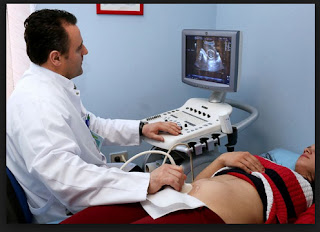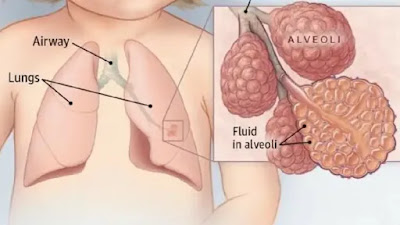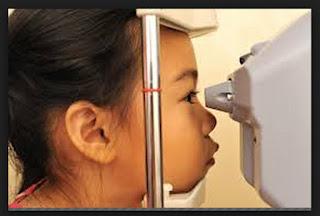Screening in the health care of adults
General comments
Routine mass screening of pregnant women and newborn
infants, and of infants and children on the basis of the immunization schedule,
has an important place in strategies for disease prevention and health
promotion. Early detection of risks to mothers and children, with effective
intervention, con be ecpected to make a substantial contribution to the overall
improvement of a population s health in the long run. Routine mass screening of
adults, however ,has a more limited place in a primary healthcare system, for
several reasons.
In the first place , pregnant women and young children are
those most liable to suffer severe adverse effects in the absence of early
detection and care for many relatively common conditions . furthermore, there
are highly effective ways of dealing with many of the most prevalent health
problems of mothers and children at relatively low cost, for example , the identification
and treatment of asymptomatic urinary tract infection or anaemia in pregnancy,
the immunization of children, and
detection of amblyopia or strabismus in young children . in addition, the
routine minimum care of mother sand children, including immunization of infants
and young children, entails periodic contact between the entire target
population and health personnel . this creates a situation in which screening
fits within and strengthens services designed for universal coverage and
permits a more rational and equitable distribution of resources to those at
highest risk within the population as a whole .
A rational approach to the screening of adults , on the
other hand , more often involves the targeting of subgroups at particular risk
. furthermore , where universal coverage with basic health services has not
been achieved, those adults who take advantage of preventive programmes for
asymptomatic conditions tend to be better educated than the rest of the
population and thus more aware of the value of preventive services. Where
resources are extremely limited and significant proportions of the population
do not have ready access to basic health services, adults seeking medical care
for either acute or chronic illness also tend to be those with greater access
to services than the rest(e.g.,urban rather than rural dwellers). By contrast,
in places that are relatively rich in resources and where virtually universal
coverage with basic health services has been achieved , comprehensive health
promotion services for adults, including periodic general health assessments
integrated with counseling and health education,may make a genuine contribution
to health promotion and disease prevention.
Special attention must be given to ensuring appropriate targeting of screening to adult
subpopulations at particular risk . the screening of populations at low risk
for a given condition yields many false positive results , leading to the
expense of definitive diagnosis unnecessary anxiety , and the potential labeling
of many people as diseased especially where the appropriate treatment for a
condition requires a relatively high level of technology and expense, the
screening of low risk populations who already have easy access to care will
result in their increased demand for investment by the health system ina higher
level of technology. This investment may be made at the expense of ensuring
universal coverage of the population by more basic, less technologically
complex services, which would gave led to a greater improvement in health
status for the population as a whole . the untargeted screening of adults
performed either as the opportunity occurs or as part of specific screening
operations can thus divert resources away from thus at highest risk towards a
relatively small group of persons already receiving health care services.
The screening of
those adults who are likely to be at highest risk can make possible the
allocation of the available resources to those most in need and most likely to
benefit from them. However, screening should not be used as a substitute for
other, more effective preventive measures. Public education aimed at
encouraging health promotion and self-referral for the early detection of
important problems should be a
fundamental component of any strategy for adult health. Such education should
not be confined to adults, but should be part of a lifelong process beginning
at school (burenkov&glasunov,1982)
In addition to opportunities for screening adults through
maternal and child health services, services , servicers at places of work and
at mnarketplaces may be among the most promising ways of reaching adults, other
than the elderly, with preventive and promotional activities. The workplace
offers an opportunity for education, promotion, and follow-up. Offering adult
screening ser vices through maternal and child health programmes and
workplace-and marketplace-based progammes is a means of striving for equity in
resource allocation and improving access to care. Reaching elderly people with preventive
services may require other approaches, especially to reach those who are
socially isolated and housebound.
We have selected several noninfectious conditions or groups
of conditions occurring in adults for which screening has been widely used, or for
which targeted screening may have an important place within a primary health
care strategy.as in previous chapters, we have not covered all conditions nor
have we covered any single condition in detail, although some topics are
discussed at some length because they are good illustrations of important
general principles. This chapter discusses th possible use of screening within
a preventive strategy for the following groups of health problems or risk
factors in adults; dental or periodontal disease; risk of unintended or
high-risk pregnancy psychosocial
problems, including domestic violence and alcohol or drug abuse; problems of
functional status in the elderly;
cataracts and refractive errors; glaucoma ; occupational hazards (covered only
briefly, as another WHO publication deals with the subject (WHO, 1986a));risk
of cardiovascular and cerebrovascular disease (and vascular complication of
diabetes mellitus)and cancer.




